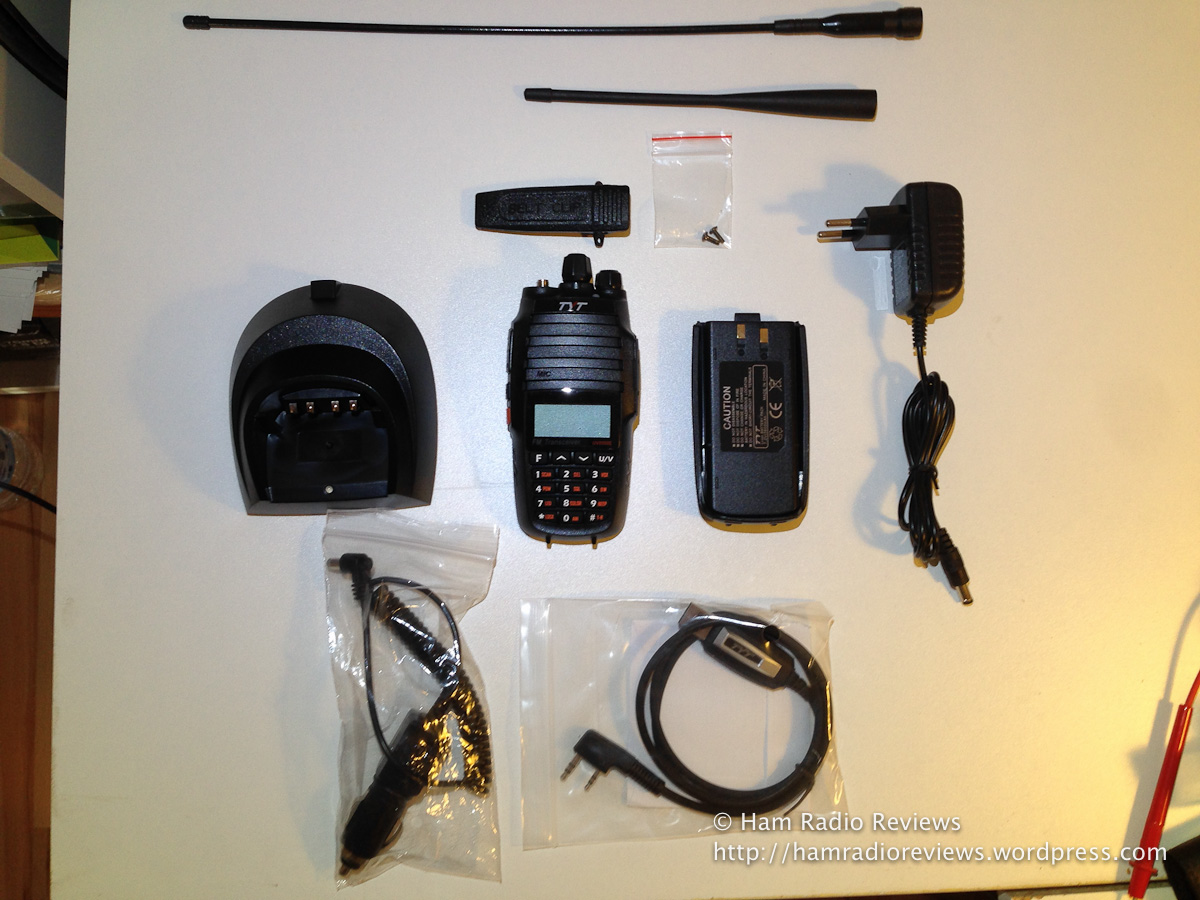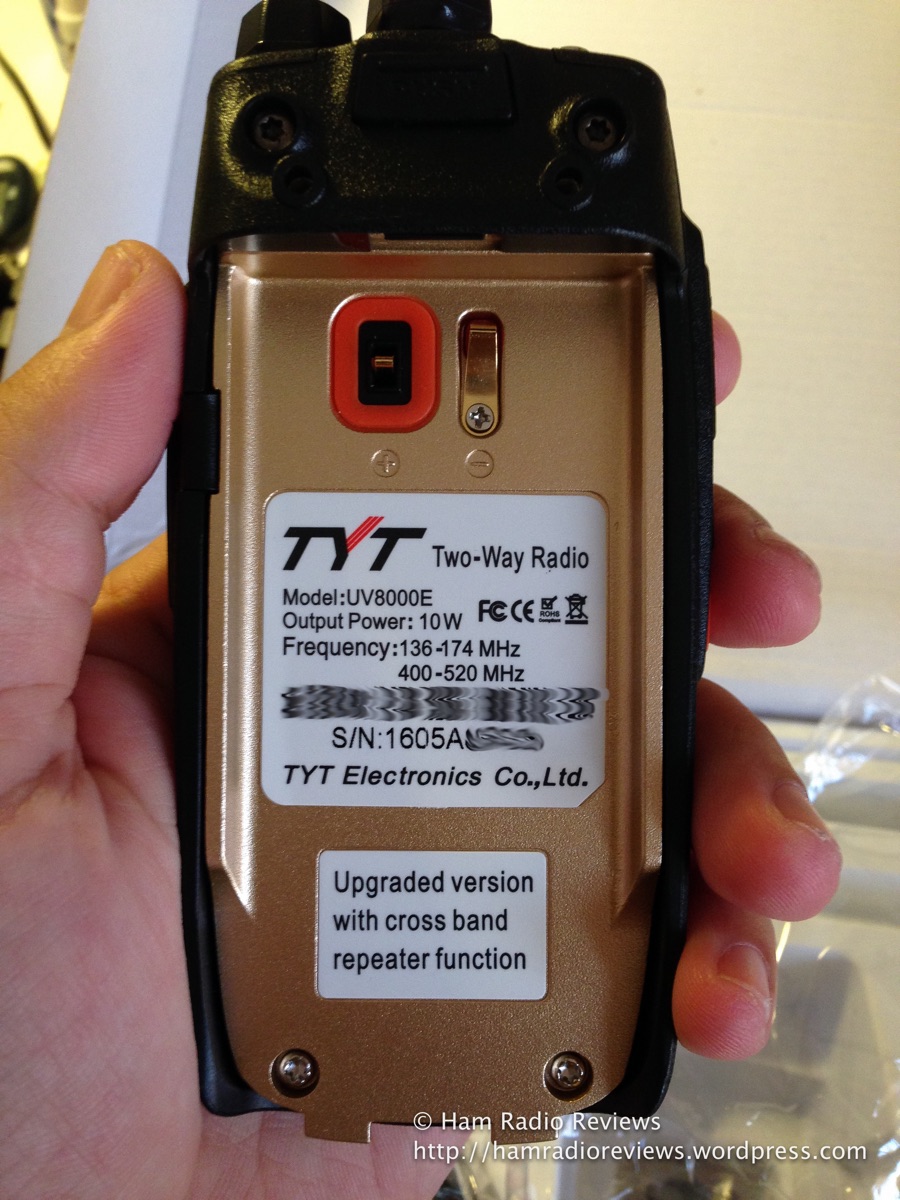

- TYT UV8000E RADIOS VFO STEP DRIVER
- TYT UV8000E RADIOS VFO STEP MANUAL
- TYT UV8000E RADIOS VFO STEP SOFTWARE
I definitely have a go-to frequency or two I programmed into the home channel button. The home channel is a cool option: simply press a button on the front panel to tune to a home channel for each band. So far I haven't run into a radio that's easier to run here, though I am a relatively green HAM. I found the operation quite intuitive as well. The scanning features are solid on this radio. You can also configure one of the programmable mic keys to open the squelch also. This gives quick control and is a great design decision. It took me a second to realize that there is a separate squelch control for each VFO next to the volume nob.

TYT UV8000E RADIOS VFO STEP MANUAL
I like to use a manual squelch button to check for weak signals and especially test the current volume level. I really enjoy the ability to change it with a long press of a button. You can make the change from within the menu or a long press on the "lo" button on the front panel. I wish there was a simple way to change channel memories from displaying "name" or "frequency". This seems like a simple, yet convenient feature for a radio. The ARS (Automatic Repeater Shift) feature is nice and seems to work well. TYT, can we have one or two more please? I'd like to put the "Rev" key and squelch control on the mic in addition to the ones you've programmed by default. The programmable buttons on the mic keypad are very convenient.
TYT UV8000E RADIOS VFO STEP SOFTWARE
Maybe I can get my code merged into the mainline release by the time you read this and programming software will be a non-issue.
TYT UV8000E RADIOS VFO STEP DRIVER
I was able to make some changes to the TH-9800 driver to get my radio working. I thought CHIRP would work with this radio, but there's no support for it at this time. I didn't notice any way to import or export settings. It only works for Windows, is a little tricky to install, does not support cut-n-paste for any fields, and is quite clunky in a number of other ways. While on the topic of programming, the TYT software is quite poor. Here again, using the mic keypad to enter the channel number would be a huge boon. With 800 channel memories, it can really take a long time to find the slot you desire if it's not where TYT engineers envisioned for you. If you are trying to skip a hundred memories from your last channel, for example, you are in for a long session of turning the channel dial. You'll encounter a major user-interface-misstep if you try to manually save a channel to a high memory location. Why haven't radio manufacturers turned to morse code for feedback of some things?Ī potential bug in the radio firmware: the step setting seemed to return to 12.5KHZ no matter what I did. You might be able to realize where you are by sound and "feel" with a little practice. The indicator beeps do change depending on the action you're performing, but not in a way that seemed overly helpful to me. There are no voice prompts to speak of, so those of you with visual impairments may want to keep looking for a different radio. I'm curious if other TH-7800 owners experience this or not. The right VFO never does this, and dual VFO mode is completely clean. This only happens for short periods of time if the left VFO is selected, and only while the radio is receiving a signal. One other slight audio glitch is that my radio sometimes produces a slight high pitch squeal when in single VFO mode. It was too much for me, so I turned it off. The loudness of the beep can't be adjusted with the volume control or any other menu setting. I did notice right off the radio beeps quite loudly.

T9 dialing on the mic keypad would be a much quicker alternative. The menu system requires users to turn a dial through the entire set of letters and numbers to select each and every character a painful process to be sure. Setting alphanumeric tags is still much easier using a computer keyboard. You can set an alphanumeric tag for your channel memories from the radio, too. Even programming a channel memory is pretty easy. Changing the active VFO, tuning a new frequency, and setting repeater parameters is also easy and intuitive. Audio quality is rock solid when operating in Dual VFO mode. The ergonomics and aesthetics are also pleasing. Separate channel, volume, and squelch nobs for each VFO mean the fundamental control of this radio is very convenience. The basic operation of this radio is very intuitive and convenient.


 0 kommentar(er)
0 kommentar(er)
